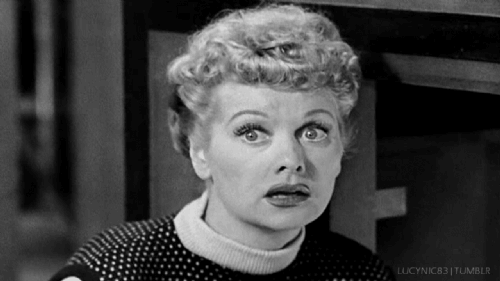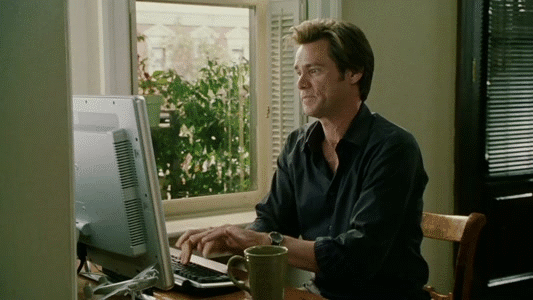The short length of picture books often deceives the untrained writer’s eye. “PBs are short and cute, they must be easy to write, right?” WRONG!
As a PB writer, you need to craft a cohesive story, with a central, relatable character who faces a relatable problem, escalating, page-turning tension, and ultimate resolution, all in 500 words or less to entertain children ages 2-8 as well as the adults who read it.
NOTE: Often 500 words is too long. I shoot for less than 300 words in my manuscripts. By academic standards, that’s just over 1 page double spaced, people.

To be a successful PB writer, you must master the craft of the story and learn to use words strategically.
And mastering the craft doesn’t happen quickly. Even after you achieve “master” status, you don’t constantly produce gold. In fact, even published authors revise and revise and revise, then visit critique groups and revise some more, all before sending a new manuscript to their agents.
As a writer, it’s important to have a treasure chest of trusty resources at your fingertips. Here are my 7 favorite PB resources that help me with my craft!
- Writing Picture Books by Ann Whitford Paul—This is a great book for beginners and seasoned PB writers. It covers the PB writing process from the basics to crafting to selling. I read this as part of a PB writing course through UCLA and I revisit it all the time!
- The Society for Children’s Book Writers and Illustrators (SCBWI)—Writing is a solitary activity, but you shouldn’t feel alone. This amazing nonprofit brings together kidlit writers and illustrators worldwide to form a large, warm community. SCBWI offers yearly conferences, networking opportunities, discussion boards, and the coveted Book (for those serious about getting published.) You can’t go wrong with SCBWI.
- Published picture books—What better way to learn and keep up with current PB trends than by reading what’s been published! Read the classics and new releases. Read well-known and debut authors. Study these texts with a careful eye. See what’s been published and which ideas might be less explored. The local bookstore or library will do.
- Critique groups/partners—It’s difficult to judge your own writing, especially when you’re deep in a project. You NEED other writers to read and analyze your work. Be brave! Consider the opinions of other PB writers to help you make your manuscript better. Everyone’s in the same boat! Find critique partners and groups via SCBWI Blueboards, KID411 Manuscript Swap Group on Facebook, and the 12×12 Challenge.
- Picture book blogs—Read what PB writers, agents, and editors have to say about craft and the PB biz. These honest perspectives offer a fresh wealth of knowledge. Don’t know where to start? Check out Writing for Kids (While Raising Them), which is Tara Lazar’s blog, as well as Picture Book Builders, a blog maintained by a group of successful writers and illustrators.
- Thesaurus and (rhyme) dictionary—Every word counts in PBs, so make sure you choose the best words via a thesaurus. PBs should be fun to read aloud, so spend time crafting your words. And no, I don’t mean write only rhyming PBs. But even with a non-rhyming PB, use a (rhyme) dictionary to find internal rhymes, near rhymes, etc. to make your words sing. I like Rhyme Zone. Fa la la!
- My old writings—Don’t throw anything away! Whether you have manuscripts, stories, or ideas from a month ago or from childhood (thanks for saving my school stuff, Mom!), you just might find something inspiring, especially after it simmers for a while. Dust off old projects to see what you might unearth.
Obviously there are TONS of other resources available, but this is a basic arsenal that keeps me picture-booking strong.


Great list! I just discovered WordHippo.com myself and have added it to my essentials.
LikeLiked by 1 person
Thanks, Jen! Just looking at WordHippo.com now and I can definitely put it to great use in picture booking. Thanks for the suggestion!
LikeLike
Great resource list!
LikeLiked by 1 person
Thank you, Katherine!
LikeLike